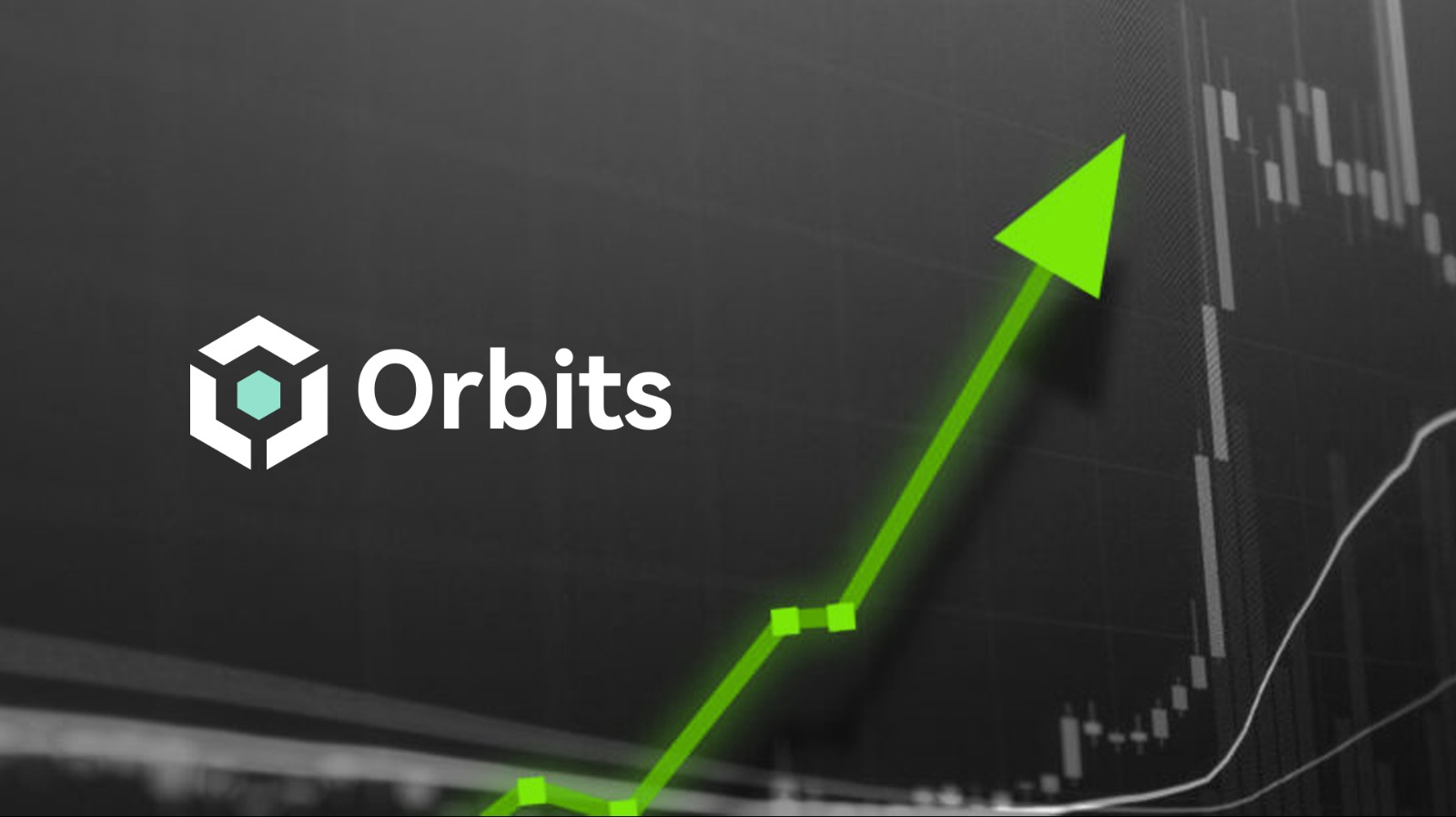Original author: News BTC, compiled by Odaily translator Katie Ku.

DEX provides a secure, trustless and transparent way to trade cryptocurrencies. In the current market, Orbits, dydx and GMX have become the most popular and widely used derivatives DEX platforms. Each exchange has unique features and advantages, but there are also disadvantages that traders should weigh carefully before deciding which platform to use.
secondary title
Orbits
Orbits is an innovative decentralized exchange (DEX) utilizing ZK-SNARK technology. The platform provides a comprehensive SaaS system and liquidity aggregator, making it easier for users to quickly deploy sub-stations that share depth. In addition, Orbits enables seamless trading of spot and perpetual contracts.
As a user-friendly platform, Orbits shares its quantitative strategy dividends with users and provides users with additional benefits. The platform also provides projects with an optional liquidity pool feature.
Competitive Advantage:
Lightning-fast transaction speed:
Transactions are executed instantly and confirmed on the main chain within 10 milliseconds.
low cost:
About 1/40th of the cost of the main chain, as low as $0.01.
Order Book:
Share the depth of liquidity with Binance to reduce the risk of AMM pools being hacked.
The first ZK-SNARK DEX:
secondary title
dYdX
dYdX is an industry-established decentralized trading platform that allows traders to trade digital asset perpetual contracts. This unique trading feature will allow users to profit from asset price fluctuations without owning the underlying asset and without being bound by contract expiration limits.
The dYdX platform is built on the Ethereum blockchain and utilizes Starkware Layer 2 technology - smart contracts powered by StarkEx. This technology enables fast and efficient transactions on the platform. However, in order to achieve full decentralization of the order book and matching engine, dYdX plans to migrate the protocol to its independent Cosmos-based blockchain in the V4 upgrade.
Competitive Advantage:
User friendly interface;
low cost;
Efficient transaction processing speed;
secondary title
GMX
GMX is a leading decentralized exchange (DEX) that offers users spot and perpetual listings and the ability to trade with leverage, meaning they can borrow funds to invest or trade. One of the main advantages of GMX is its low swap fees and unique features of "zero price impact trades". The DEX operates through a multi-asset liquidity pool (AMM) to provide users with a seamless trading experience.
GMX is popular among traders and investors for its user-friendly platform and advanced features. The ability to trade spot and perpetual contracts with leverage makes GMX the go-to choice for those looking to maximize returns.
Competitive Advantage:
Spot and leveraged transactions up to 50 times;
secondary title
GMX DAO。
Comparison between GMX and Orbits contract trading platform
The comparison dimensions are as follows:
Asset exposure: Orbits provides exposure to various synthetic assets, while GMX only allows traders to trade using assets in the GLP pool.
Funding Rates: Resilience is a key evaluation criterion in the event of extreme volatility. Perpetual DEXs that cannot manage risks well will face bankruptcy. Therefore, dYdX, gTrade, and Orbits implemented funding rate rules (long positions pay short positions when long positions outnumber short positions, and vice versa).
The funding rate ensures that the long/short ratio is close to 50%, so traders are not overly profitable. On the other hand, GMX has no funding rate, which is a significant advantage for traders. However, due to its GLP model, the maximum open position limit for short positions is 50%.
Income distribution: GMX distributes part of its fee income (30%) to GMX stakers; Orbits platform transaction fees return 50% to users in the reward pool (the specific return method is to be considered).
Trading interface: The trading interface of Orbits is more professional, while the trading interface of GMX is relatively simple.
Fees: GMX charges a 0.1% fee on opening and closing positions, but Orbits only charges a one-time fee of 0.05% on closing a position.
Technical solution: GMX uses Arbitrum's L2, while Orbits uses zk's L2.
Leverage: GMX is 50 times, Orbits is 20 times.
Trading model: GMX is an AMM model, while Orbits is an order book model.
Internal balance mechanism: GMX does not have an internal mechanism to balance open interest (OI), which may cause LPs to face transaction imbalances, while Orbits uses a funding rate mechanism, which will promote price convergence.
Borrowing Fees: Both short and long positions in GMX must pay GLP a borrowing fee. But Orbits has no borrowing fees.
secondary title
The Future of Decentralized Exchanges
Overall, Orbits offers users a variety of features and benefits. Its use of ZK-SNARK technology ensures security and privacy, while its liquidity aggregator and quantitative strategy bonus make it a preferred choice for traders and investors.
herehereLearn more about Orbits.





